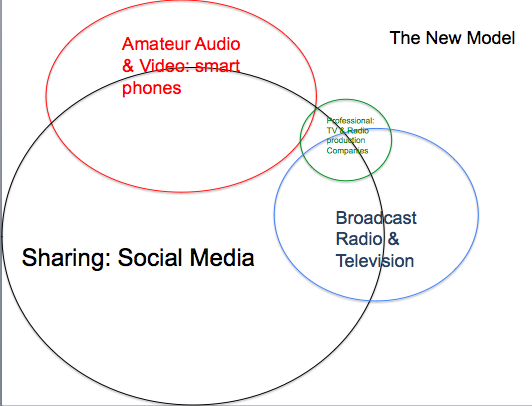In a conference workshop titled Socialising Radio, international trainer Steve Ahern told Radio Asia delegates,“the 24 hour news cycle is now about 24 minutes… everything is faster and more social, we must adapt to the new environment.”
The half day workshop showed participants how they can leverage the strengths of radio, such as immediacy and intimacy, in the new media landscape.
“Changing audience consumption patterns are forcing broadcasters to evolve and become smaller, faster, cheaper and social,” said Ahern.
Has the audience moved? “Are you still fishing for them where they used to be swimming, or have you moved your boat to fish where the fish are now,” he asked.
Ahern said social media is “a combination of fan club and focus group,” but is public, so broadcasters must be careful.
According to Ahern, it is “all about credible quality content.” Broadcasters need to distinguish themselves from all the amateur social media content by remembering their professional skills: newsworthy content, attribution, quotes, well constructed pictures, good sound and professional framing of video images. During the session he got participants to practice their smart phone social media skills.

He showed delegates a range of tools for their smartphones that can enhance audio and video capture and make editing and remote filing professional and efficient, such as Periscope, WavePad, PerfectVideo and VoiceRecord.
Broadcasters have been good at using social media for promotion, according to Ahern, but they have neglected other stages in the production chain.
Before broadcast, social media can be used for promotion and research plus gathering sources and leads for content.
The live-to-air stage has been most neglected, says Ahern, who urged broadcasters to socialize their content while the show is on air. He showed various tools to achieve this, including www.rewindradio.com, which allows bradcasters to instantly clip and share content that has just gone to air.

In the past the show used to finish when broadcasters walked out of the studio. No more, say Ahern. “The conversation continues on social media well after the program has finished, you need to make sure your team has plans to engage continually on social media.” There are various models you can use, he said, letting delegates in on some of the methods he teaches his clients, such as Hootsuite, social media scheduling, multiple feed publishing tools and social media analytics.

Ahern’s company AMT works with broadcasters all over the world to help them adapt to new social media skills.
(Disclosure: Steve Ahern is part owner of this website)

